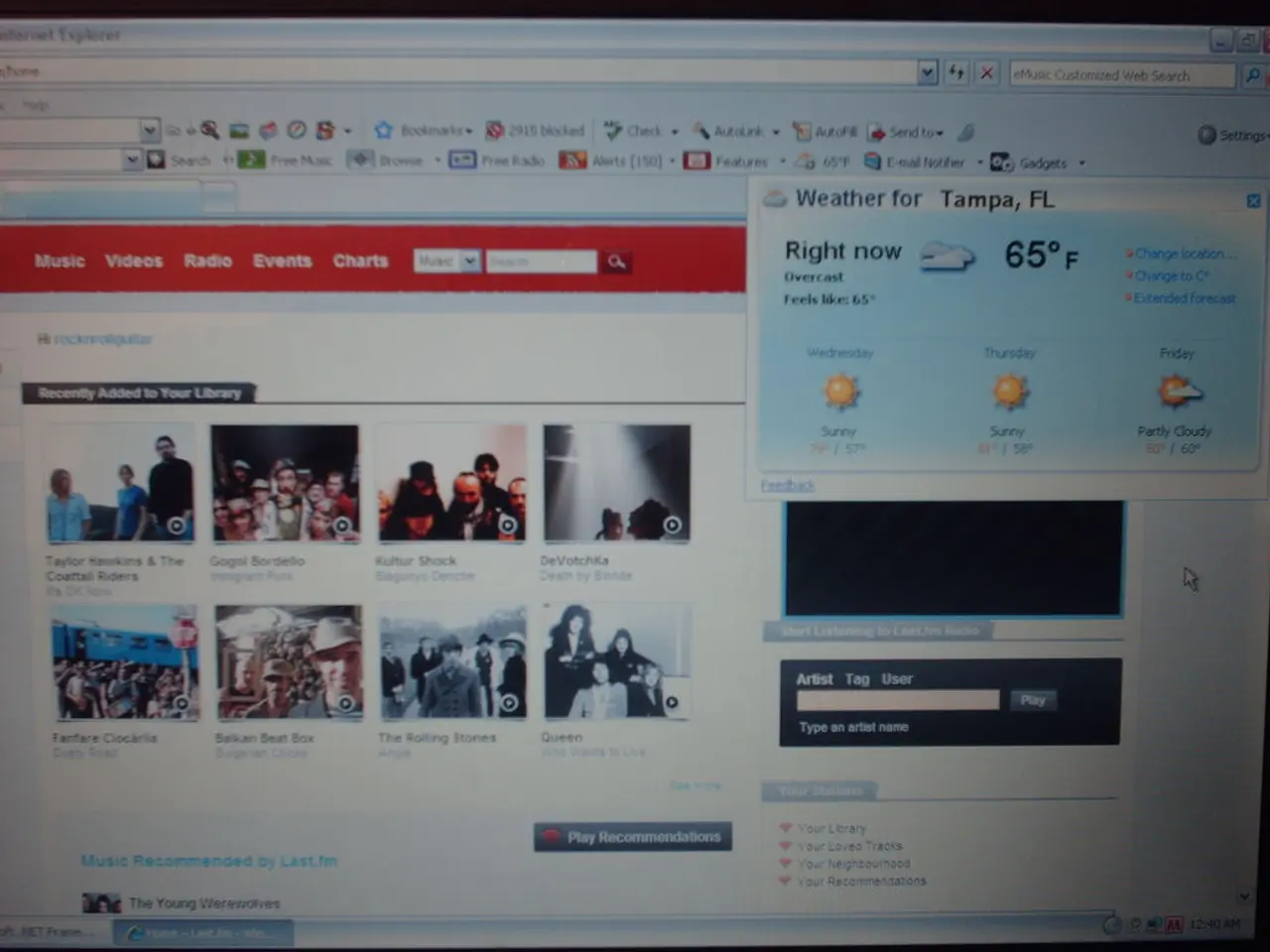Redesign in Personalized Content Algorithms
In the rapidly evolving world of media, personalization has become a cornerstone of the streaming landscape. This shift, which began in the 1980s with the emergence of niche cable networks and the VCR, has grown exponentially with the advent of modern technologies.
Current strategies and developments in personalizing streaming content, including live programming, live sports, Free Ad-Supported Streaming TV (FAST) channels, and broadcast TV, are centred around hyper-personalization driven by AI, real-time data, and advanced analytics.
Streaming platforms are increasingly leveraging AI to deliver one-to-one tailored experiences by analysing large datasets such as viewing habits, transaction records, social interactions, and real-time behaviour. This allows for dynamic content adjustment, pricing, and messaging, especially critical for live and sports content where viewer preferences can shift rapidly.
AI-powered personalization engines also enable trigger-based automation, enabling instant, relevant content delivery. For instance, notifying viewers about specific live events or offers as soon as they meet certain criteria, enhancing engagement and retention.
Enhanced social listening tools integrate AI to monitor conversations, preferences, and feedback across social media platforms, refining personalization strategies in real time. This is especially useful to gauge sentiment around live programming and sports broadcasts, adapting content or ads accordingly.
ATSC 3.0, or Next Gen TV, is another significant development in the world of broadcast TV. This technology enhances broadcast TV by enabling IP-based delivery, interactivity, and personalization. It supports targeted advertising and tailored viewing experiences on broadcast channels by integrating broadband and broadcast signals, allowing broadcasters to compete with OTT and FAST services by offering personalized content and interactive features directly through TVs.
FAST channels benefit from AI-powered personalization engines to curate free, ad-supported content tailored to niche audiences. For live sports, real-time AI analytics provide personalized stats, recommendations, and content overlays, enriching viewer engagement.
Personalization is crucial for engaging existing audiences, attracting new fans, and monetizing investments in programming and sports rights. AI tools can also be used to create more personalized ads and help companies find better ways to package them.
Roku, for instance, has made major changes to its user interface to make it easier for consumers to find sports content. Companies like Zeam Media are helping broadcasters and FAST channel providers to customize and create FAST channels that offer localized content and more personalized hyperlocal experiences.
Achieving personalization goals starts with metadata. High-quality metadata is necessary for precise recommendations and understanding user preferences.
As the demand for personalized content continues to grow, the future of streaming looks set to be a highly engaging, relevant, and tailored viewing experience for users across platforms and devices.
- In the future, 4k broadcast television may be enriched by ATSC 3.0 technology, enabling IP-based delivery, interactivity, and personalization.
- The cloud plays a crucial role in the delivery and storage of personalized video content for streaming platforms.
- AI-powered analytics are revolutionizing home-and-garden lifestyle content, providing viewers with tailored tips and advice based on their individual needs.
- Data-and-cloud-computing technologies facilitate the real-time adjustment of streaming content, allowing broadcasters to adapt to viewer preferences in a sustainable living manner.
- Streaming broadcasters are embracing artificial intelligence to deliver hyper-personalized experiences, including content recommendations and targeted advertising.
- The media industry is leveraging AI-powered media analytics to refine Otto-based content strategies, offering a more tailored streaming experience to viewers.
- Advanced AI systems are transforming the lifestyle and hobby sector by delivering personalized video content to users interested in art, technology, and various other topics.
- AI-driven personalization engines are enabling streaming broadcasters to offer more targeted advertising, enhancing their ability to monetize investments in content and sports rights.
- The emergence of AI technology has disrupted the audio media landscape, leading to the creation of more personalized podcasts and music streaming recommendations.
- As streaming services continue to evolve, the landscape of media and entertainment is set to become increasingly personalized and hyper-targeted, addressing the unique interests and preferences of each viewer.




